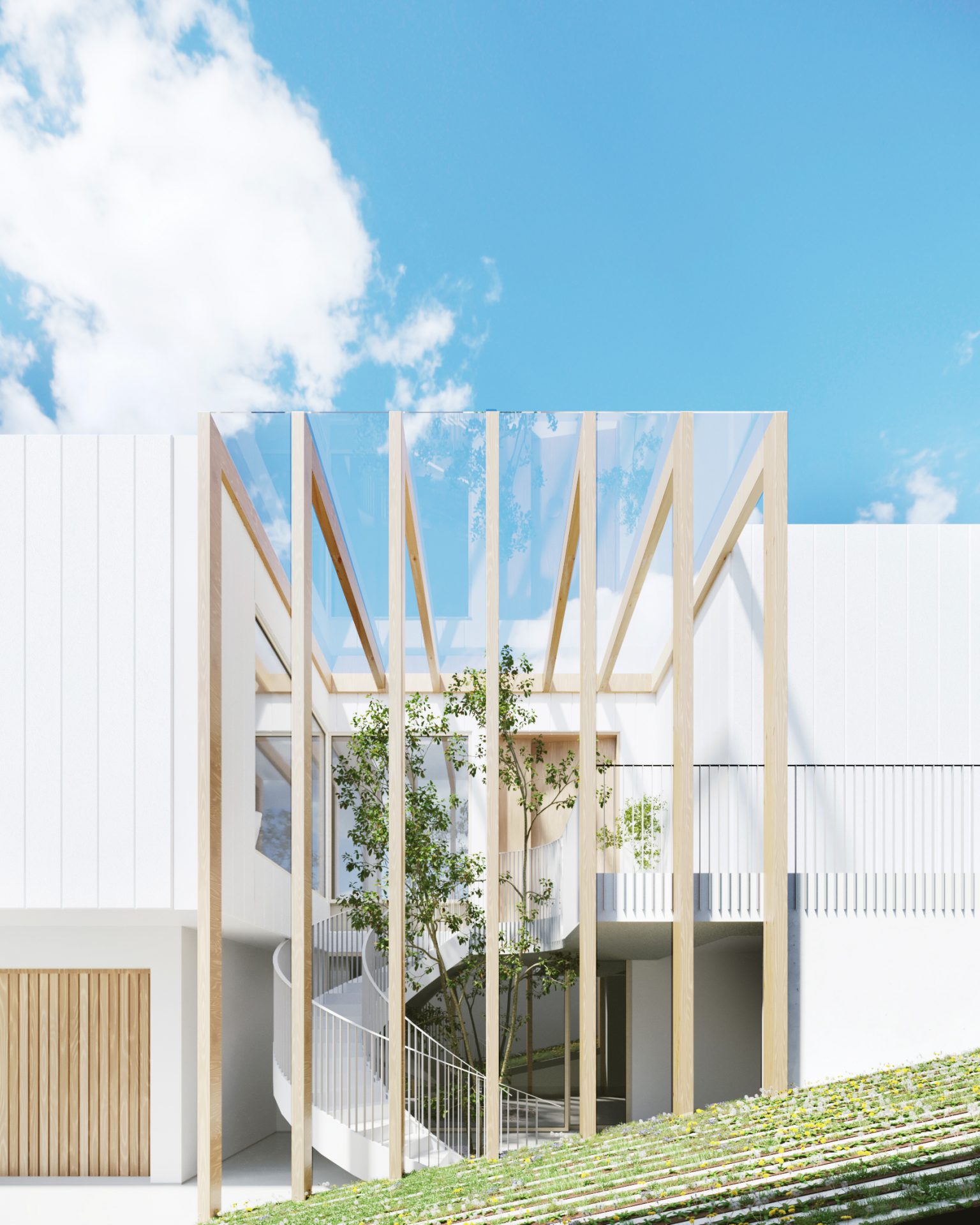This website uses cookies so that we can provide you with the best user experience possible. Cookie information is stored in your browser and performs functions such as recognising you when you return to our website and helping our team to understand which sections of the website you find most interesting and useful.
Currently, 35% of the planet’s total energy consumption is attributed to the building sector, with the majority of carbon emissions coming from heating and cooling needs.
These needs primarily arise due to deficiencies in construction, resulting in homes that are either very cold in winter or very hot in summer, with severe issues of humidity, mold, stale air, and widespread discomfort. However, there are also issues related to design, as many problems could be avoided.
Therefore, at Homestories, our primary concern is to design more efficiently in order to make our homes and buildings less dependent on the use of fossil fuels, ensuring better thermal and acoustic comfort, health, sustainability, and savings.


Passive House
We found in Passive House the answer to the path we wanted to follow as an architecture studio and, in this way, contribute to a more sustainable world, ensuring quality for those seeking our services.
principles
Passive House
A Passive House is not a construction system or a specific type of architecture; it is a set of principles based on the physics of buildings and the implementation of rigorous and high-performance criteria. These principles primarily focus on five key points:

thermal insulation
The thermal insulation of the entire building envelope, including walls, slabs, and roofs, must meet the specified thicknesses for each case in the Passive House standards. Only in this way can we ensure proper insulation for the entire building.
thermal bridges
Thermal bridges can compromise the building’s performance by acting as moisture accumulation points, affecting climate control and air quality. Therefore, ideally, the building design should avoid the presence of thermal bridges.
airtightness
The building should not have any air leakage or outlets, including ventilation grilles, chimneys, and exhaust fan outlets to the exterior. This airtightness ensures the quality and temperature of indoor air.
mechanical ventilation
The ventilation of the house is very important, and with the house being airtight, this ventilation is ensured by a system that will automatically manage all the air, extracting stale air and supplying clean air that has been pre-tempered with the existing air to maintain a comfortable temperature.
efficient windows
Windows and doors must be Passive House certified, meet the required thermal conductivity values, have a PVC spacer between the glass and the frame, and be installed airtight, typically within the thermal insulation layer.

All of this, combined with a functional architectural design, ensures that all these elements work more efficiently, in addition to high-quality construction that guarantees compliance with all project requirements.



Why build a Passive House?
Health and Comfort
In a Passive House, we can enjoy excellent thermal comfort and consistent indoor air quality. Therefore, we can have a higher quality of life and benefit our health.
affordable
The construction cost can be similar to that of a conventional building. Furthermore, a Passive House becomes more economical in the long term due to reduced energy and maintenance needs.
Energy efficiency
A Passive House is the highest standard of energy savings worldwide. Compared to traditional buildings, energy savings can range from 75% to 90%.
Sustainability
In a Passive House, there is a drastic reduction in CO2 emissions, and the low energy requirements can easily be replaced by renewable energy sources.
CERTIFICATION
To have a Passive House, in addition to meeting all the points mentioned, it is necessary to ensure that nothing goes wrong in construction. Therefore, the supervision by a certified professional is crucial. This control will ensure that all points have been met and tested with the Blower Door Test, which is a test conducted using a fan at the entrance door that will show us if the house is completely airtight and complies with the values required for a Passive House.
Certification that a building is a Passive House or meets the Passive House standard requires the verification of a set of items.
For more information about Passive House, you can refer to:


